
Sensors are the most common terms in the instrumentation industry. Sensors are mainly divided into three categories: commonly used sensors, new sensors, and digital sensors! Here are the editors of Gongcai.com to discuss these eight new sensors in detail:
1. Infrared sensor :
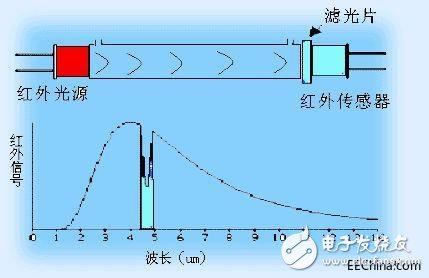
Infrared sensor is a kind of sensor that converts radiant energy into electrical energy. It is also called infrared detector. Common infrared detectors have two categories, thermal detectors and photon detectors. Thermal detectors use human infrared radiation to cause detection The sensitivity of the sensitive element of the detector changes, and the relevant physical parameters change accordingly. The infrared radiation absorbed by the infrared detector is determined by measuring the change of the relevant physical parameter. The main advantage of the thermal detector is that it has a wide response band and can be used in the room. Work in a hurry, easy to use. However, the thermal detector has a long response time and low sensitivity, and is generally used in occasions where infrared radiation changes slowly, such as spectrometer, thermometer, infrared camera, etc. Photon infrared detectors use some semiconductor materials to generate photon effect under the irradiation of infrared radiation, and change the electrical properties of the materials. By measuring the changes in electrical properties, the intensity of infrared radiation can be determined. The main advantages of photon detectors are high sensitivity, fast response speed, and high response frequency. However, it is generally necessary to operate at low temperature and the detection band is relatively narrow. It is generally used for side thermometers, aerial scanners, and thermal imaging cameras. Infrared sensors are widely used in temperature measurement, imaging, component analysis, nondestructive testing, etc., especially in military applications, such as infrared reconnaissance, infrared radar, infrared communication, infrared countermeasures, etc.
2. Laser sensor :
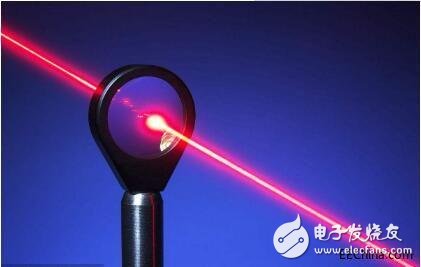
Laser sensor is a sensor that uses laser technology for measurement. It consists of laser, laser detector and measuring circuit. The laser sensor is a new type of measuring instrument. Its advantages are that it can achieve non-contact long-distance measurement, fast speed, high accuracy, large range, strong anti-light and electrical interference capabilities.
Laser sensors can be divided into 4 categories according to working materials: 1. Solid laser; 2. Gas laser; 3. Liquid laser; 4. Semiconductor laser.
3. Optical fiber sensor :

Fiber optic sensor technology is a brand new technology formed with the practical use of optical fibers and the development of optical communication technology. Compared with traditional sensors, optical fiber sensors have many characteristics, such as high sensitivity. Strong resistance to electromagnetic interference, corrosion resistance, good insulation, simple structure, small size. Low power consumption, flexible optical path, and convenient Realize telemetry, etc.
Fiber optic sensors are generally divided into two categories, one is a sensor made using a certain sensitive characteristic or function of the fiber itself. It is called a functional sensor; the other is that the fiber only plays the role of transmitting light waves, and must be on the end face of the fiber or The sensor can only be constructed by adding other sensitive components in the middle, which is called light-transmitting sensor. No matter what kind of sensor, its working principle is to use the measured change to modulate a certain parameter of the transmitted light wave, make it change accordingly, and then detect the modulated optical signal, so as to be measured. Fiber optic sensors can measure a variety of physical quantities. At present, practical optical fiber sensors can measure more than 70 physical quantities, so fiber optic sensors have broad development prospects.
4. Temperature and humidity sensor :
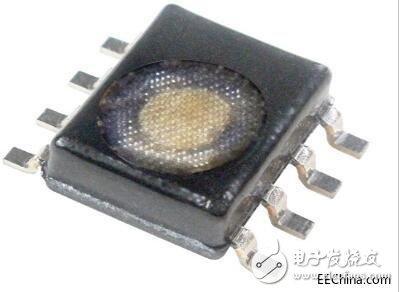
The temperature and humidity sensor is just one of the sensors. It just passes the temperature and humidity in the air through a certain detection device. After measuring the temperature and humidity, it is converted into an electrical signal or other required form of information output according to a certain rule to satisfy the user. demand.
Since temperature and humidity are closely related from physical quantity to actual people's lives, a sensor with integrated temperature and humidity will be generated accordingly. Temperature and humidity sensors refer to devices or devices that can convert temperature and humidity into electrical signals that can be easily measured and processed. Temperature and humidity sensors on the market generally measure the amount of temperature and relative humidity.
Five, ultraviolet sensor :
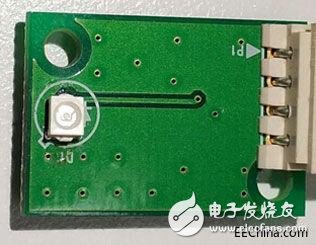
The ultraviolet sensor is a kind of sensor, which can use the photosensitive element to convert the ultraviolet signal into a measurable electrical signal through the photovoltaic mode and the light guide mode. The earliest ultraviolet sensors were based on pure silicon, but according to the instructions of the National Institute of Standards and Technology, simple silicon diodes also responded to visible light, forming electrical signals that were not needed, resulting in low accuracy. Gan's ultraviolet sensor, whose accuracy is much higher than that of single crystal silicon, has become the most commonly used ultraviolet sensor material.
Ultraviolet sensors are sensors that use photosensitive elements to convert ultraviolet signals into electrical signals. Its working modes are usually divided into two categories: photovoltaic mode and light guide mode. The so-called photovoltaic mode means that there is no need for a series battery, there is current in the series resistance, and the sensor is equivalent to a small battery with an output voltage, but it is difficult to manufacture and the cost is relatively high; the light guide mode refers to the need to work in series with a battery, the sensor is equivalent to Resistance, resistance value changes with the change of light intensity, this kind of production is easy and the cost is low.
Six, robot sensor:

The robot sensor is a device that can transform the characteristics (or parameters) of the robot target into electrical output. The robot realizes the sensory effect similar to human through the sensor. Robot sensors are divided into internal detection sensors and external detection sensors. The internal detection sensor is a sensor used in the robot to sense its own state to adjust and control the robot's own actions. It usually consists of position, acceleration, velocity and JR force sensors. The external detection sensor is a sensor used by the robot to sense the surrounding environment and the state characteristic information of the target, so that the robot has the ability of self-correction and adaptation to the environment. External gun-side sensors usually include sensors such as tactile, proximity, vision, hearing, smell, and taste. Robot sensors are an indispensable and important subject in robot research. More sensors with better performance, stronger functions and higher integration are needed to promote the development of robots.
Seven, smart sensors:
Smart sensor is a kind of sensor with microprocessor, which has the functions of information detection, information processing, information memory, logical thinking and judgment.
Eight, digital sensors:
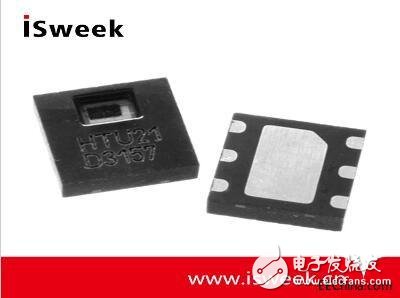
Digital sensor refers to a sensor that can directly convert the measured (analog) quantity into a digital emblem output. Digital sensor is the product of the combination of detection technology, microelectronic technology and computer technology, and is another important direction of sensor technology development. Digital sensors can be divided into three categories: one is a sensor that directly outputs in the form of a number of spaces, such as an absolute encoder that can directly convert displacement fins into digital quantities. The second is a sensor that is discovered in the form of pulses. Such as incremental encoders, gratings, magnetic grids and induction synchronizers can convert the displacement into a series of counting pulses, which are then counted by the counting system. The number of pulses counted to reflect the value of the measured quantity; the third is the sensor output in the form of frequency, which can be replaced by the corresponding frequency output that is convenient for processing, so it is also called a frequency sensor. Digital Sensors are increasingly used in machine tool numerical control, automation, metrology, and detection technologies.
Esd Tvs Diode,Esd Protection Diode,Esd Suppressor Diode,Usb Esd Protection Diode
Shenzhen Kaixuanye Technology Co., Ltd. , https://www.icoilne.com